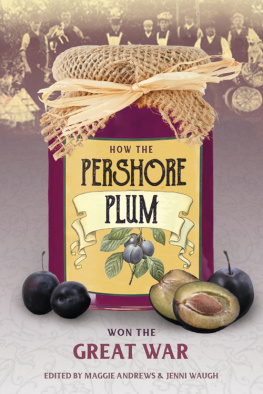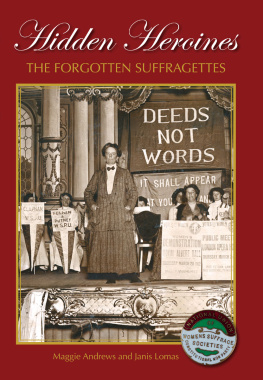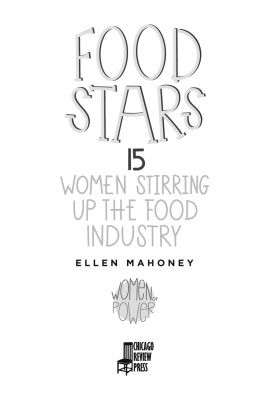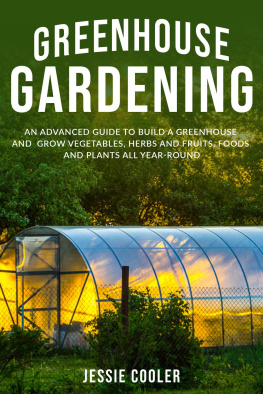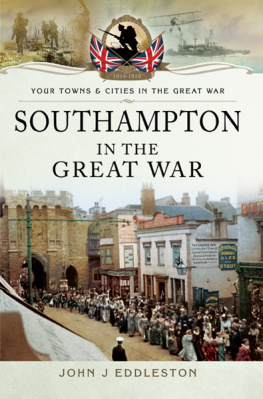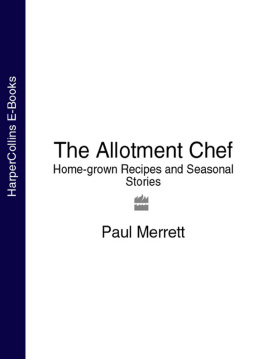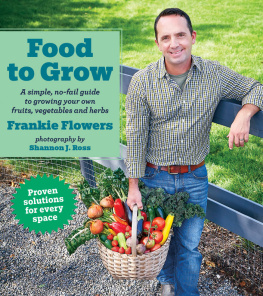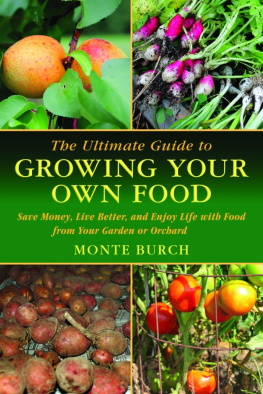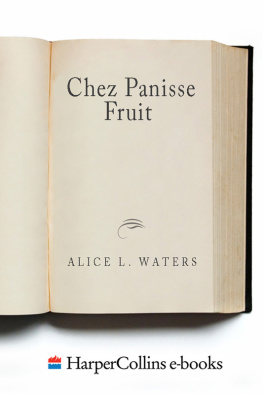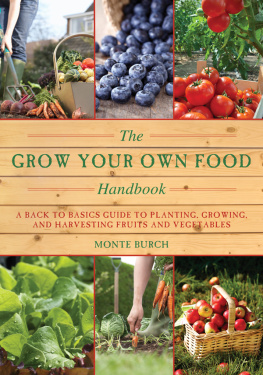


Map of Pershore in 1914. (Jenni Waugh)
To our mothers,
grandmothers and the
women who brought
them up.

This book has been produced and written by and with many people and groups in and around Pershore, who have researched, discussed, explored and learnt about the history of Pershore in the First World War. They include:
Pershore Heritage and History Society: Cynthia Johnson (Chair), Roy Albutt, Nancy Fletcher, Heather Greenhalgh, Jean and Tom Haynes, Audrey Humberstone, Margaret Tacy.
Pershore Womens Institute: Audrey Whitehouse (President), Maureen Speight, Viv Breed, Eileen Rampke, Beth Milsom, Jean Barton.
Croome Park Volunteer: Susanne Atkin.
Pershore Civic Society: Judy Dale (Chair).
Pershore Town Council: Ann Dobbins (Clerk), Tony Rowley (Mayor of Pershore 20142016).
Pershore Library (Worcestershire County Libraries Service): Emma Powell and Helen Faizey.
Postgraduate and undergraduate history students from the University of Worcester who provided research support and helped out at events, Jess Ball, Darren Tafft, Elspeth King, Emily Linney, Emmanuel Newman, Kenny Peterson, Nikki Primer, Phillip Rose.
The research has been supported by the Heritage Lottery Funds (HLF) First World War: Then & Now grant programme, the University of Worcester, and the Voices of War and Peace: The Great War and its Legacy WWI Engagement Centre funded by the Arts & Humanities Research Council (AHRC).
The HLFs First World War: Then & Now funding stream provides grants of between 3,000 and 10,000 for community groups to research, conserve and share the often unrecorded local heritage of the First World War (www.hlf.org.uk/looking-funding/our-grant-programmes/first-world-war-then-and-now). In 2015, HLF awarded grants to both the Pershore Heritage and History Society and the Pershore Womens Institute for a two-year community history project: WW1 in the Vale. For further information about the WW1 in the Vale project and for stories we could not fit into this book, see our blog: ww1inthevale.wordpress.com. The HLF also supports the Worcestershire World War 100 Project (www.ww1worcestershire.co.uk/).
The AHRC-funded Voices of War and Peace: the Great War and its Legacy First World War Engagement Centre is led by the University of Birmingham and works in partnership with the HLF to offer research support and guidance to community groups around the First World War in general and in particular around the following themes: Belief and the Great War, Childhood, Cities at War, Commemoration, Gender and the Home Front (www.voicesofwarandpeace.org).
We are indebted for several of the images in this book to the late Dr Marshall Wilson, who was born in Pershore in 1931. He joined his father as a GP in Pershore and retired in 1991. One of his great interests was research into local history, tracing families and properties back as far as he could. Many Pershore people gave him old photos of forebears or local places and events and these form part of his legacy to Pershore the Marshall Wilson Collection.
Many of the images, stories and items mentioned in this book can be viewed at the Pershore Heritage Centre, in the Town Hall, Pershore. The Centre is run by volunteers from the Pershore Heritage and History Society and is open from April to October. For full access details see the Societys website: www.pershoreheritage.co.uk/.
This is not a definitive history of Pershore in the First World War, but a starting point, which we hope will enthuse people in the town and in other rural areas to find out more about some of the very varied and often forgotten histories of life on the home front during this conflict.
CONTENTS


PROFESSOR MAGGIE ANDREWS is a cultural historian at the University of Worcester. Her research and publications explore women and domesticity in Britain in the twentieth century focusing particularly on the home front in the First and Second World Wars. She leads the theme of Gender and the Home Front for the Voices of War and Peace: The Great War and its Legacy WWI Engagement Centre funded by the Arts & Humanities Research Council (AHRC) and is the historical advisor to the BBC Radio 4 drama Home Front .
JENNI WAUGH is a freelance archivist and historian who works with heritage organisations and community groups across the West Midlands to uncover the histories hidden in their localities. Significant projects include BBC Peoples War, World of Kays and Abberley Lives. She is currently working with Pershore WI, Pershore Heritage and History Society, and the University of Worcester on WW1 in the Vale (HLF-funded) and Volunteers & Voters (AHRC-funded).

Pershore is a small market town in South Worcestershire, bordered to the east and south by the River Avon. The elegant Georgian architecture of the main street is evidence of a time when stagecoaches stopped at the many taverns on the road from Worcester to Evesham and London. Just over 100 years ago, in 1911, the town had a population of a little over 4,000 people, swollen on market day when many of those who lived in the surrounding villages and the nearby Vale of Evesham came to Pershore to sell their produce, visit the doctor or shop in the bustling high street.
Four miles to the west lies Croome Park, family seat of George, ninth Earl of Coventry, Lord Lieutenant of Worcestershire, and his wife Blanche, both of whom took an active role in events of both the town and the county, although they were both in their seventies.

Pershore High Street. (Marshall Wilson Collection)
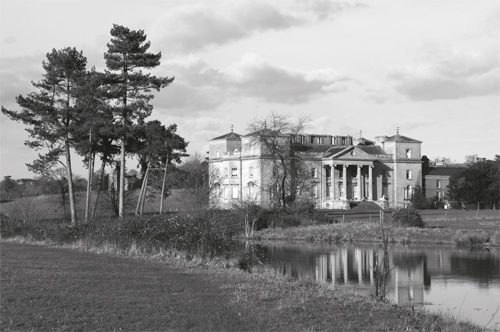
Croome Park today. (Susanne Atkin)
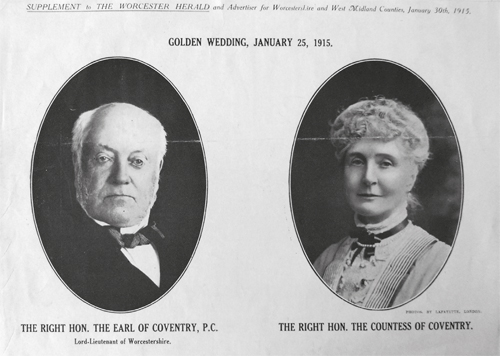
The Earl and Countess of Coventry. (From a supplement to the Worcester Herald , 30 January 1915)
At the outbreak of the First World War, Pershore Abbey dominated the skyline of the town, as it still does. The abbey, which dates back to the eleventh century, houses Pershores memorial to the First World War, a striking bronze statue of Immortality atop a slender column covered with names. Most cities, towns and villages have some sort of memorial a hall, a park, or most commonly, a stone or bronze statue or tablet, often situated in the market square or at a prominent junction and almost all bear a list of those who sacrificed their lives fighting in the First World War. However, this conflict was not only fought in the battle-torn lands, skies or seas of Flanders, Serbia, Egypt, Italy or Turkey but also in the factories, kitchens and fields on the home front. When the servicemen went to war other men, women and children were left behind who worried and waited, and worked hard in agriculture and industry, in their homes, in their towns and villages. Without their efforts the conflict would have had a very different outcome.
Next page
